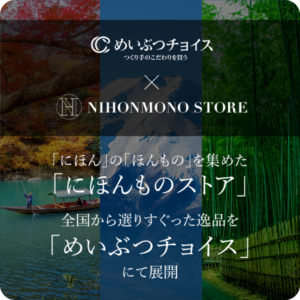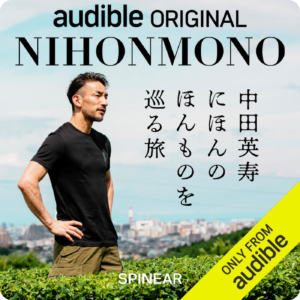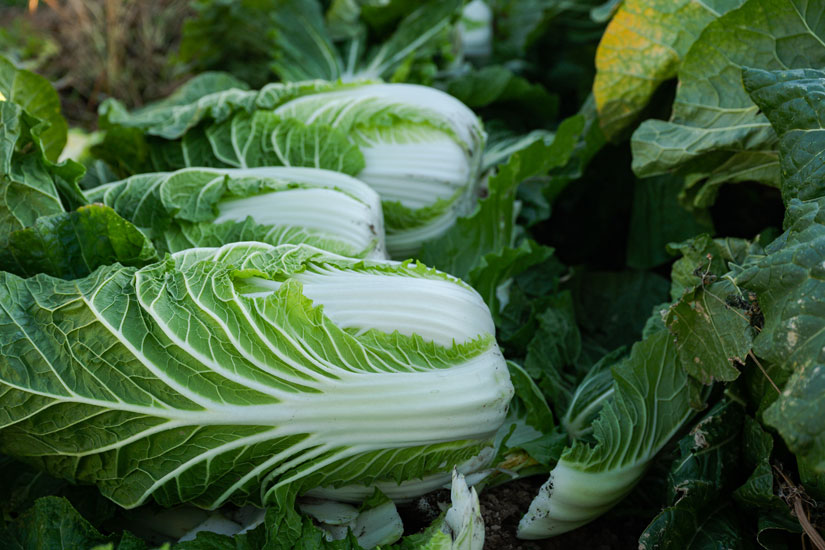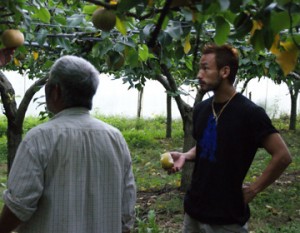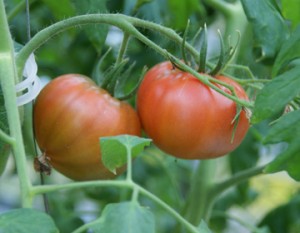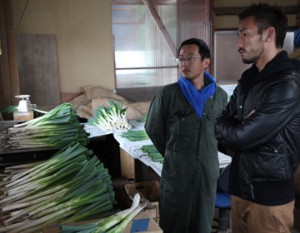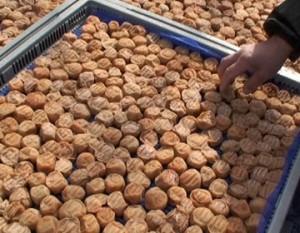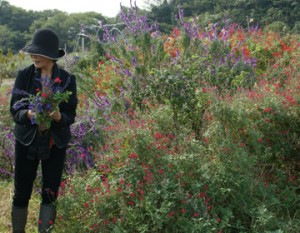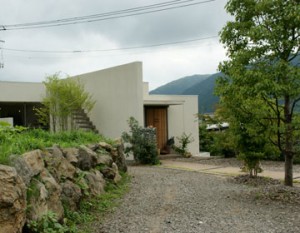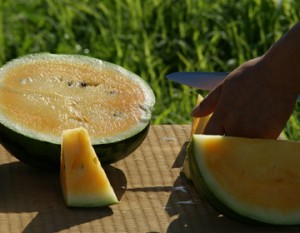Located in the southeastern part of Gunma Prefecture, between the Tone River and the Watarase River in Ora-gun Ora-machi, Vegeta Co. Among the Chinese cabbages grown in this region, only those that meet strict standards are marketed as “Murabijin,” a brand of Chinese cabbage, successfully differentiating it from others.
Farming is interesting. I want to prove it.
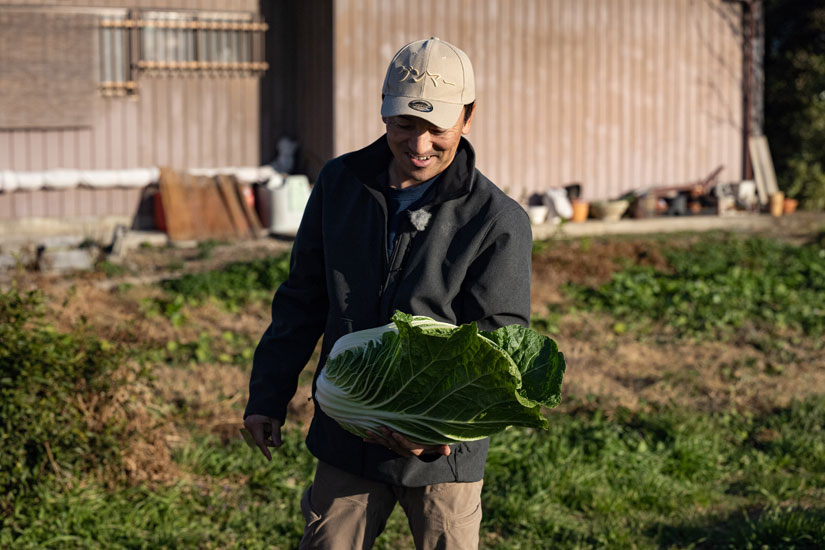
Ora-machi, located in Ora-gun, Gunma Prefecture, is in an area known as the Tosuma area, where the Kanto Loam layer, formed by volcanic ash deposited by the eruptions of Mount Akagi and Mount Haruna, is widespread. This area is blessed with black earth (organic soil) derived from the volcanic ash, and the high quality of this soil, which is rich in organic matter, combined with the cold wind called “Akagi Oroshi,” which blows down from Mount Akagi, makes for the healthy growth of delicious vegetables. Among them, the Chinese cabbage grown here in the winter is large, tender, and sweet, and has become a specialty of Ora Town.
While many farmers in the town grow their own specialty, there is a brother and sister farmer who grows a higher quality White Chinese cabbage with the same level of sugar content as mandarin oranges and pears compared to the average White Chinese cabbage. They are the Matsushima brothers of Vegeta Co.
Despite opposition, they quit their jobs and entered farming
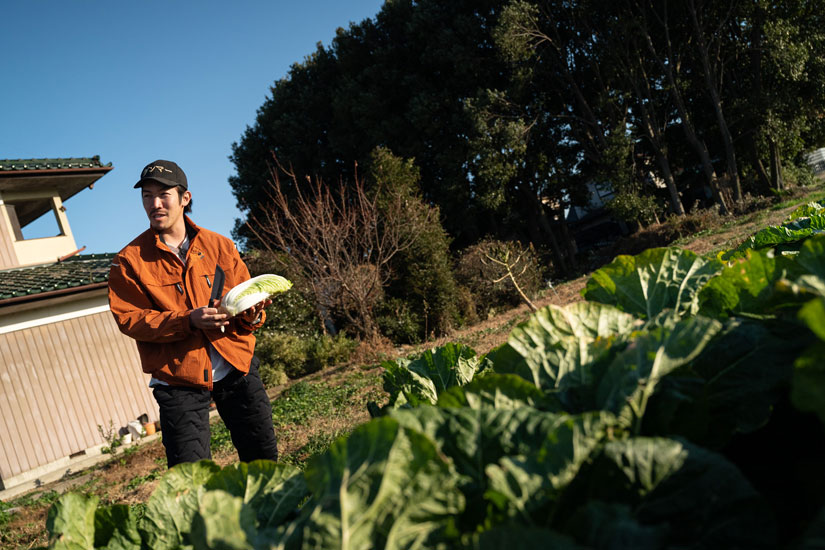
The Matsushima family has been farming for generations. Akinori Matsushima and Keisuke Matsushima grew up watching their grandfather working in the fields. Despite their fascination with the fields, after graduating from college they worked as office workers, but when their grandfather became ill, their younger brother Keisuke took over the entire farm and began farming.
My brother started farming first, and two years later, I decided to take over farming myself, so we started farming together in earnest,” recalls Akinori, the elder brother.
He became a farmer because he thought there was great potential in agriculture at a time when the lack of successors to farming families due to the aging of the population is becoming a problem. At the time, however, the size of the farm he took over was about 1/100th of what it is today. It was really a small start.
When I first took over the farming business, no matter who I talked to, I was always told that being a farmer was not the way to go.
Still, he believed in the possibilities of growing Chinese cabbage, and he began a trial-and-error process to see how he could produce “better-tasting” Chinese cabbage.
The fun of farming is that the more you do, the more you get out of it.
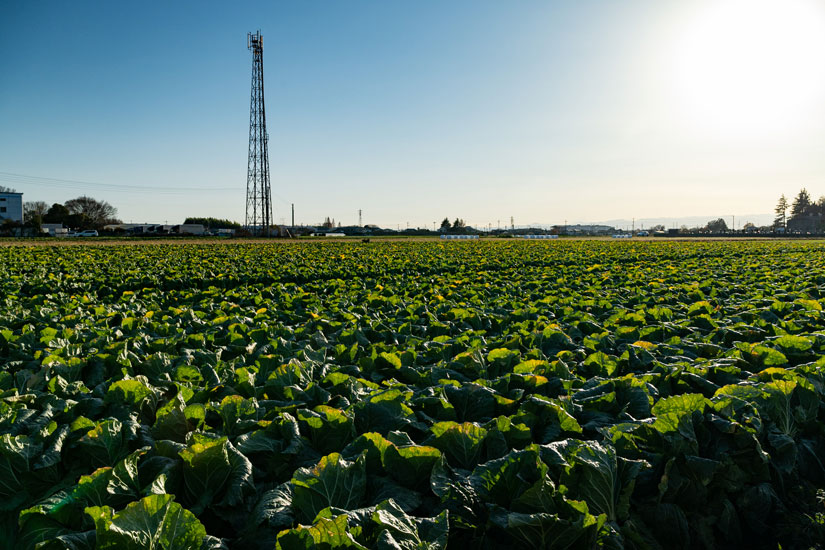
Originally, the climate of Ora-cho is suitable for growing Chinese cabbage. In winter, there is little rainfall, and a strong northwesterly mountain wind called “Akagi Oroshi” blows continuously, making the land dry. The temperature drops below freezing in the mornings and evenings, and the added stress of “cold” causes the Chinese cabbage itself to store sugar to prevent freezing and become sweeter as a defensive instinct. This dryness and low temperatures make the climate suitable for producing high-quality Chinese cabbage.
In addition, the soil is also strong. The volcanic ash soil, known as “kuroboku,” has both water retention and permeability, which are contradictory properties, due to the soil’s densely packed structure, which allows for good drainage and fertilizer retention. This makes it easy to grow Chinese cabbage, which requires a lot of energy in the field.
The soil is suitable for Chinese cabbage, but if we continue to grow it, the power of the field will gradually decrease, so to maintain the power of the field, we plant cattle manure and green manure made from the plants themselves and add organic matter to keep the microorganisms moving,” says his brother, Keisuke.
Even if you grow the same variety of vegetables in the same climate and soil, you will not get the same flavor. That is what makes it so interesting.
We are particular about not only soil preparation but also seedling cultivation, meticulously managing water from the moment the seeds are sown and using our own seedling culture medium.
The Chinese cabbage grown with love in this way is mainly shipped as “Oubijin,” a brand of Chinese cabbage from the town of Ora.
We want many people to know about our branded Chinese cabbage.
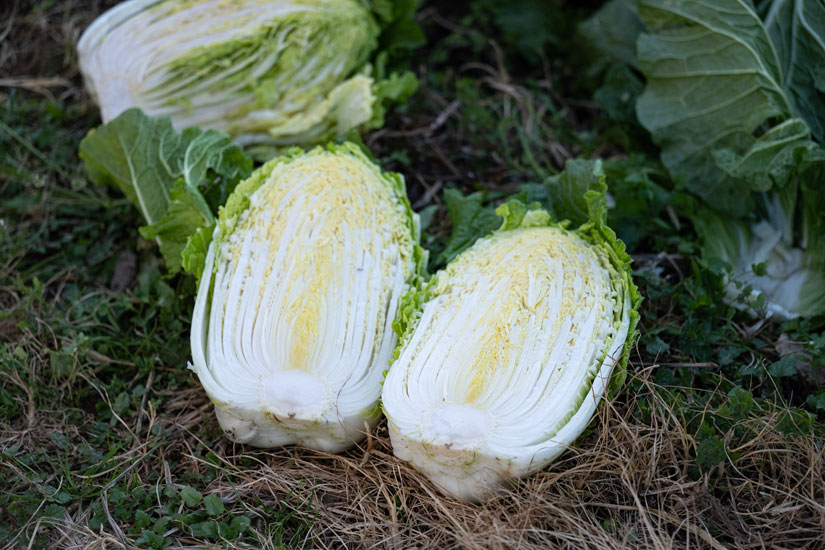
The Matsushima brothers are particular about soil preparation and seedling cultivation, and grow high value-added Chinese cabbage such as “Oubijin,” a brand of Chinese cabbage from Ora-machi. They started farming with no experience at all, but once they were able to produce stable shipments of high quality vegetables, they began to think that they would like to tell the world how wonderful their lovingly grown Chinese cabbage is.
Originally, Ora-machi was a production area of high quality Chinese cabbage, but it was not well known to the world, so they started their own SNS to let many people know the characteristics of their brand of Chinese cabbage. They have also taken the lead in media appearances to promote the hakusai of Ora-machi. Thanks to their efforts, the name recognition of the branded Chinese cabbage is slowly spreading, and Ora-machi is beginning to be recognized as a production center of tasty, visually appealing, and impactful Chinese cabbage.
Oubijin” has established itself as a regional brand. Among them, the Chinese cabbage produced by the Matsushima brothers has gained a reputation for being particularly sweet. They began to explore branding their own Chinese cabbage, including sales channels.
Cultivating their own sales channels and creating a new form of agriculture
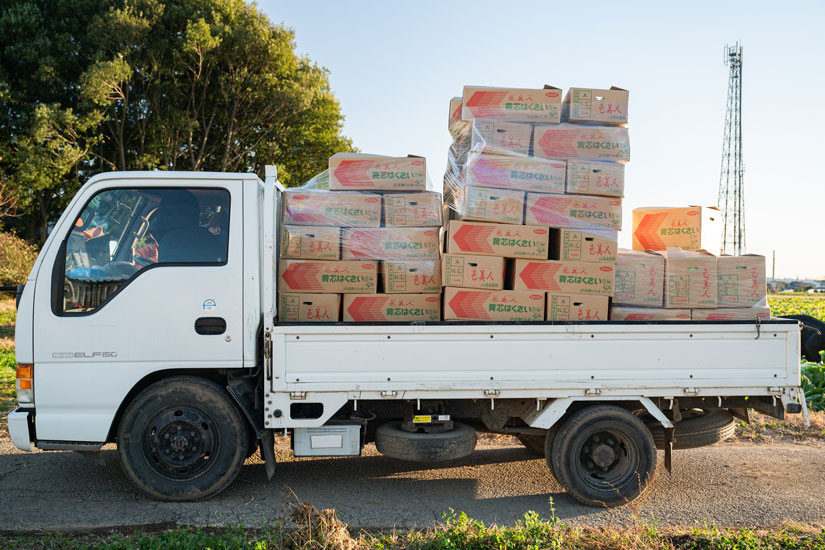
The Matsushima brothers have done everything they could think of because they started farming with no experience: producing high-quality Chinese cabbage, branding the region, and creating their own brand. Based on their experience as businessmen, they established an agricultural corporation, Vegeta Corporation, in 2019, believing that “managing” agriculture in a way that ordinary farmers do not will lead to the future development of agriculture. Under its own strict internal regulations and special management, the company will perfect its house brand of “yellow-core Chinese cabbage pole” and develop its own sales channels through direct contracts with supermarkets.
Nowadays, there are EC methods such as “Eat Choku” where farmers sell their produce directly to consumers, but when Vegeta was first established, the only sales channel was wholesaling designated varieties of vegetables to agricultural cooperatives. Having a website as an agricultural corporation itself was a rarity. While shipping to the market, Vegeta began to deal directly with supermarkets that had seen its website and inquired about its products.
We were absolutely confident of the deliciousness of the product, so we just wanted people to try it once and understand the merits of our Chinese cabbage,” he said.
These steady activities began to bear fruit little by little after the TV appearance.
Balancing farmland and business scale
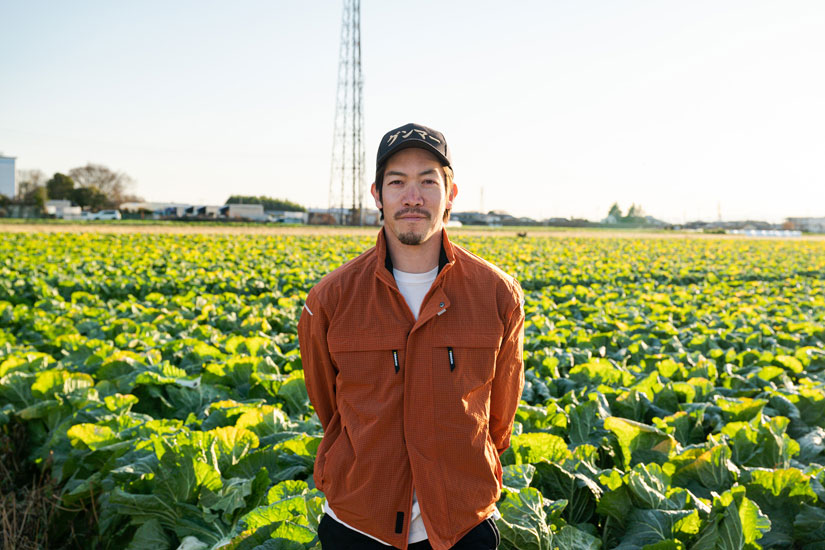
After establishing the company, the Matsushima brothers expanded their farmland to increase the size of their farm and actively hired full-time employees and trainees from overseas to help develop their staff. In order to promote what the Matsushima brothers consider “new agriculture,” one of the challenges is to secure farmland. This is because Vegeta currently owns about 180 farmlands scattered over a 15-kilometer stretch from east to west.
When a newly expanded field is adjacent to abandoned farmland, there are many problems, such as insects and trees growing in the field and hitting the tractor. We want to take care of the land before that happens, but we are legally prohibited from cultivating other people’s land without permission, so we are currently unable to do anything about it,” said Akinori.
The inability to purchase adjoining fields has prevented the accumulation of farmland, leaving only a mosaic of farmland, which makes it difficult to manage and costly to travel long distances to do the work.
The problems are piling up, but sometimes things turn out well, depending on the way things are done,” he said. We make mistakes, but we want to move forward while keeping data on our failures, and it is motivating when you realize that your actions are improving things,” says Keisuke.
He would like to move away from the conventional farming style, in which what he produces is put on the market and priced, and grow into a farmer who can maintain the scale of his business in response to what his customers want.
Changing the public’s perception of farmers
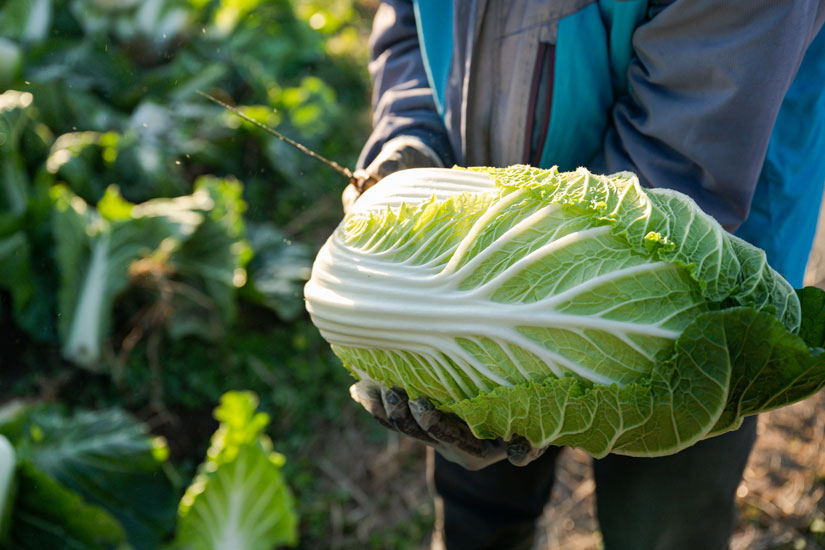
While the sugar content of most white radishes is about 6 degrees, the sugar content in the center of Vegeta’s white radishes is 11 degrees at its highest point. It is called a “fruit-like vegetable,” but the challenge for the future is how to pass on the cultivation methods, such as soil preparation and fertilizer design, to the next generation of growers.
Some people grow the same variety in the same area, but it is not sweet at all. I would like to keep solid data in agriculture, which has always been very sensible, and in the future, with an eye on IT farming, I would like to further improve the quality of Chinese cabbage and increase the unit price.
The brothers started farming as amateurs with a small field, and now they are the biggest farmers in town, with a field about 100 times the size of the one they had then.
Farming is a wonderful profession that is interesting, cool, and profitable. I want to tell as many people as possible that farming is a dream job that will brighten the future of the community.
The Matsushima brothers, who deliver vegetables that shock and impress, will continue to enliven the local farming industry and communicate the fun and potential of agriculture.
